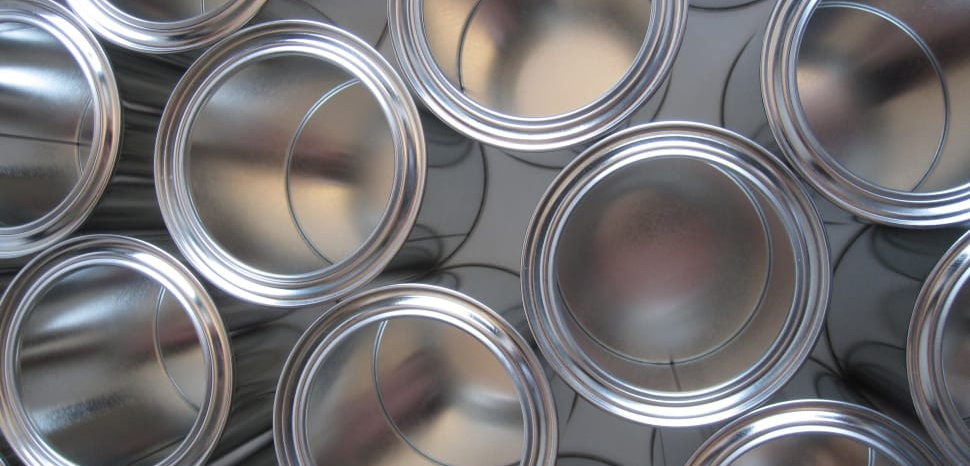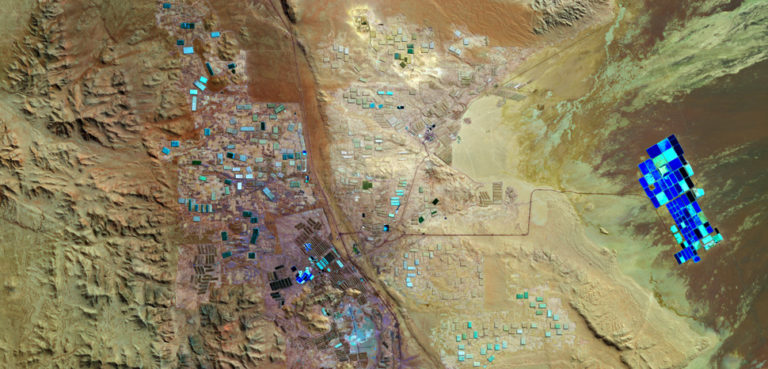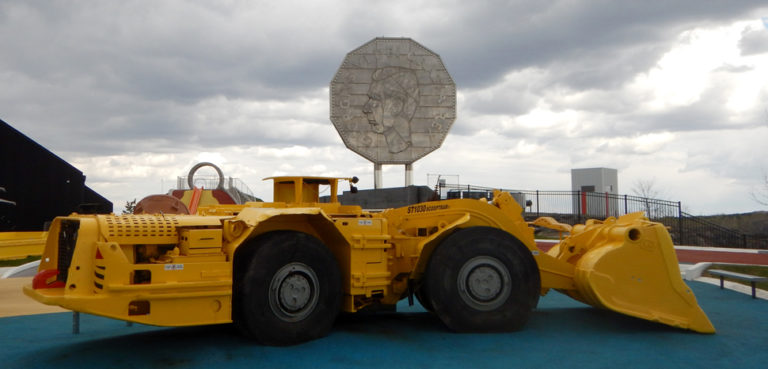Summary
The decade ahead will bring massive structural shifts as economies around the world transition away from fossil fuels. These changes have already given rise to new strategic commodities, such as rare earth minerals, cobalt, and lithium to name a few. The extent to which global economies are willing to clash over these strategic commodities in order to secure reliable supply chains remains to be seen, and will largely be a function of the global trade system going forward. However, the fact remains that supply chain security is a matter no policymaker will have the luxury of ignoring.
This article examines the background, supply- and demand-side factors impacting the global tin market going forward.
Background
What is tin?
Tin is a member of the post-transition metals group, and is sometimes referred to as a “poor” metal due to its lower melting and boiling points in comparison to titanium, nickel, copper, and cobalt. This grouping places tin in the same category as aluminum and lead. Tin’s utility has typically stemmed from it being used as a copper alloy, most notably in the production of bronze, a practice that stretches back over thousands of years of human history. Later, it became a key input in food preservation via the canning industry, allowing militaries to safely conserve and consume food over vast geographical distances.
Today, the commercial appeal of tin revolves around the metal’s high corrosion resistance, its malleability, and its conductivity to heat and electricity. These properties make tin desirable for plating and coating materials, allowing for increased protection of commodities like steel and improving product resilience and longevity.




